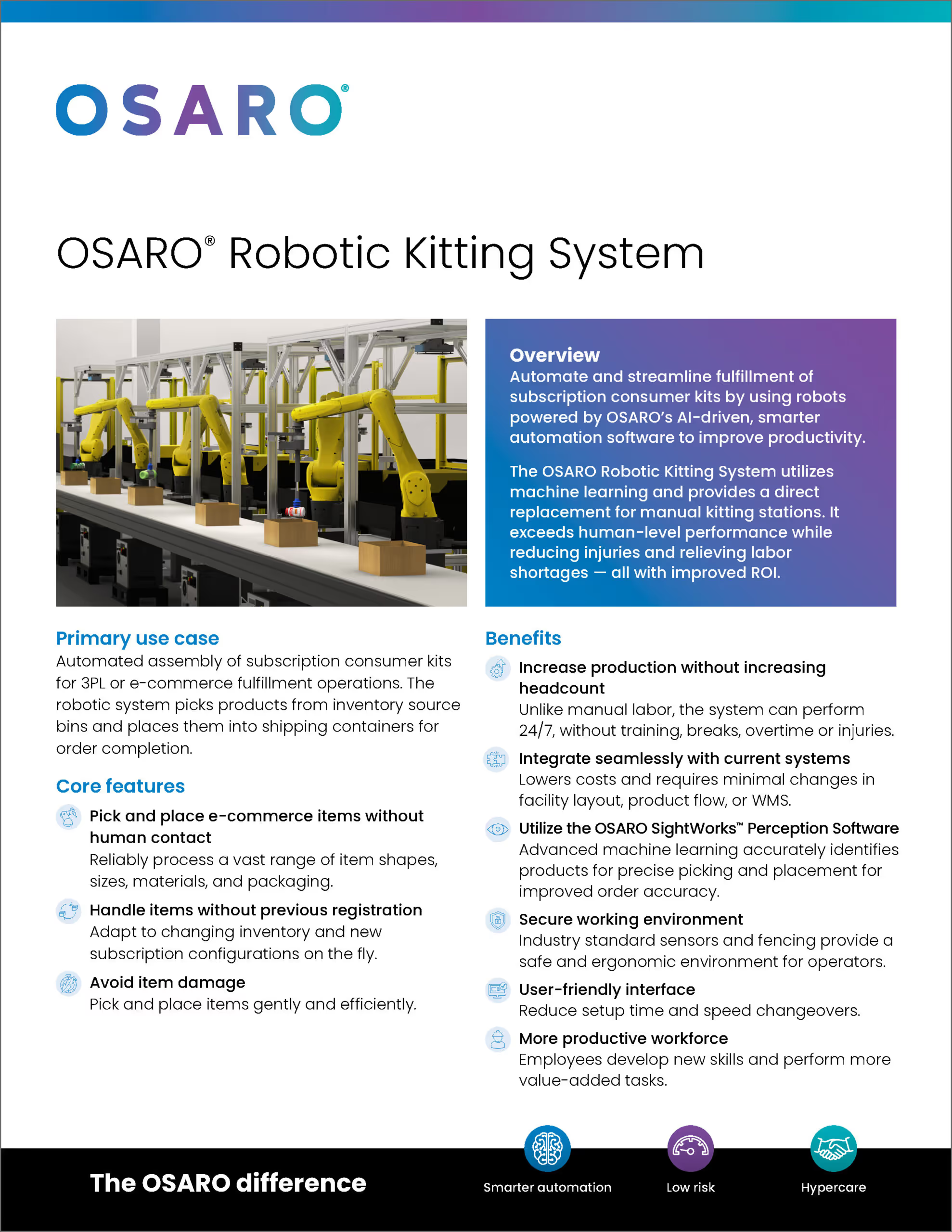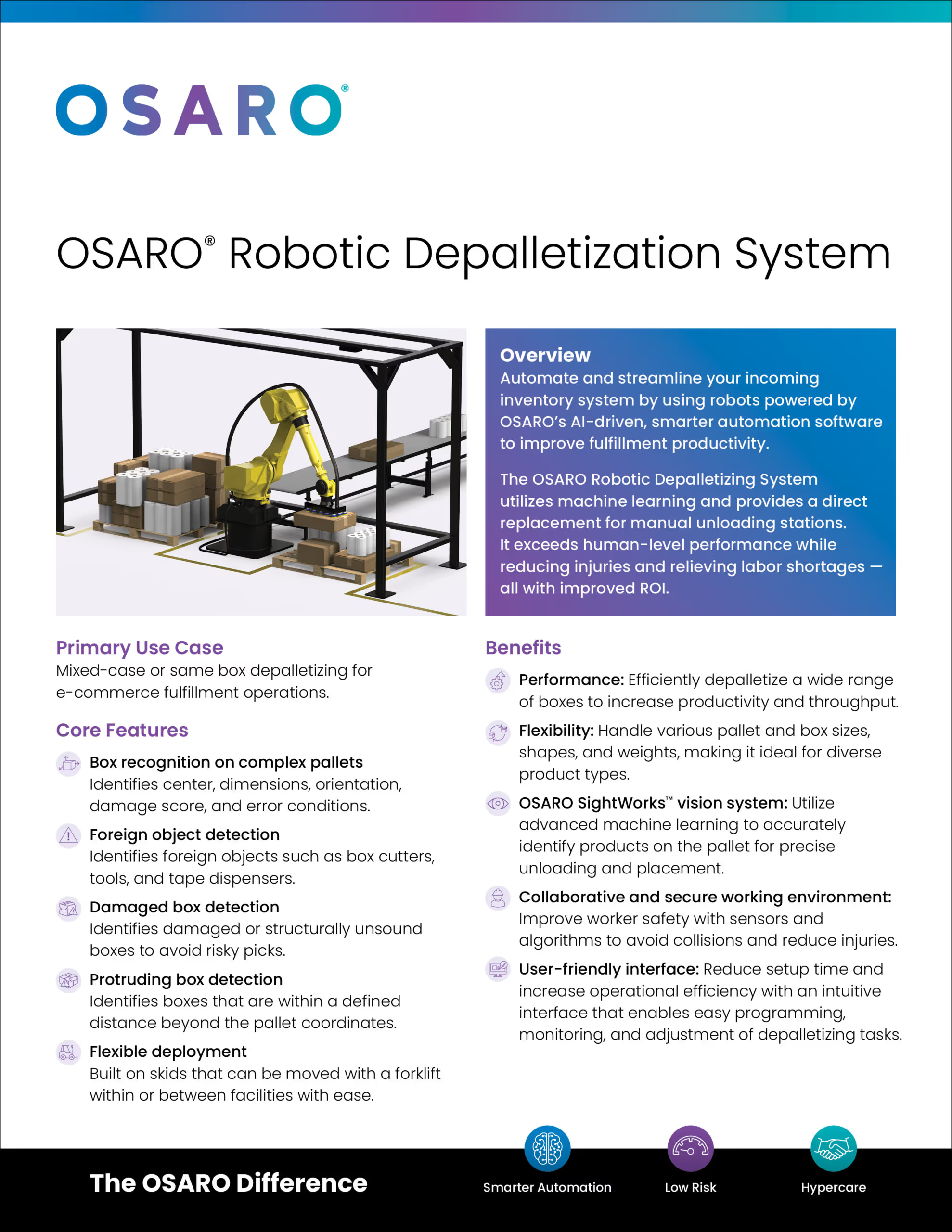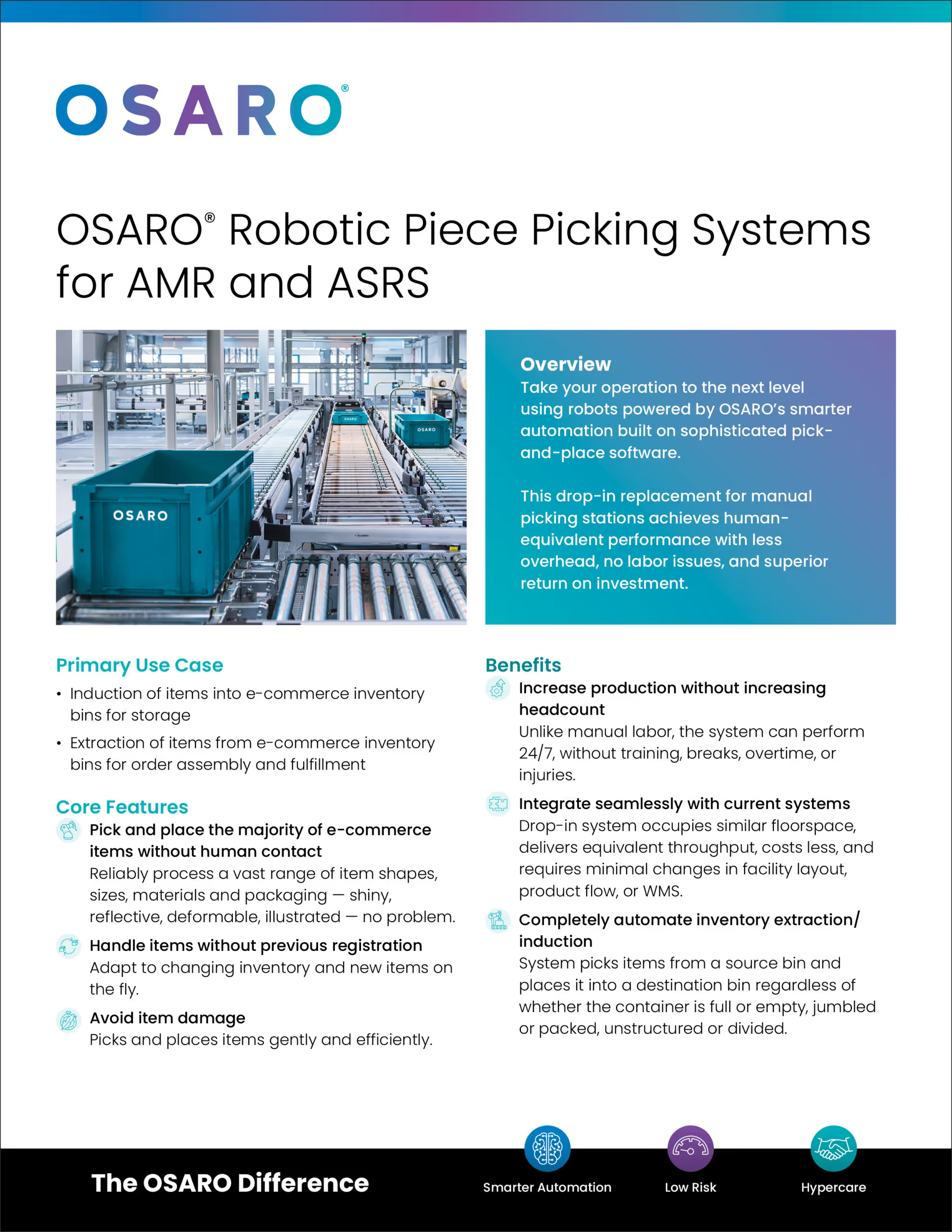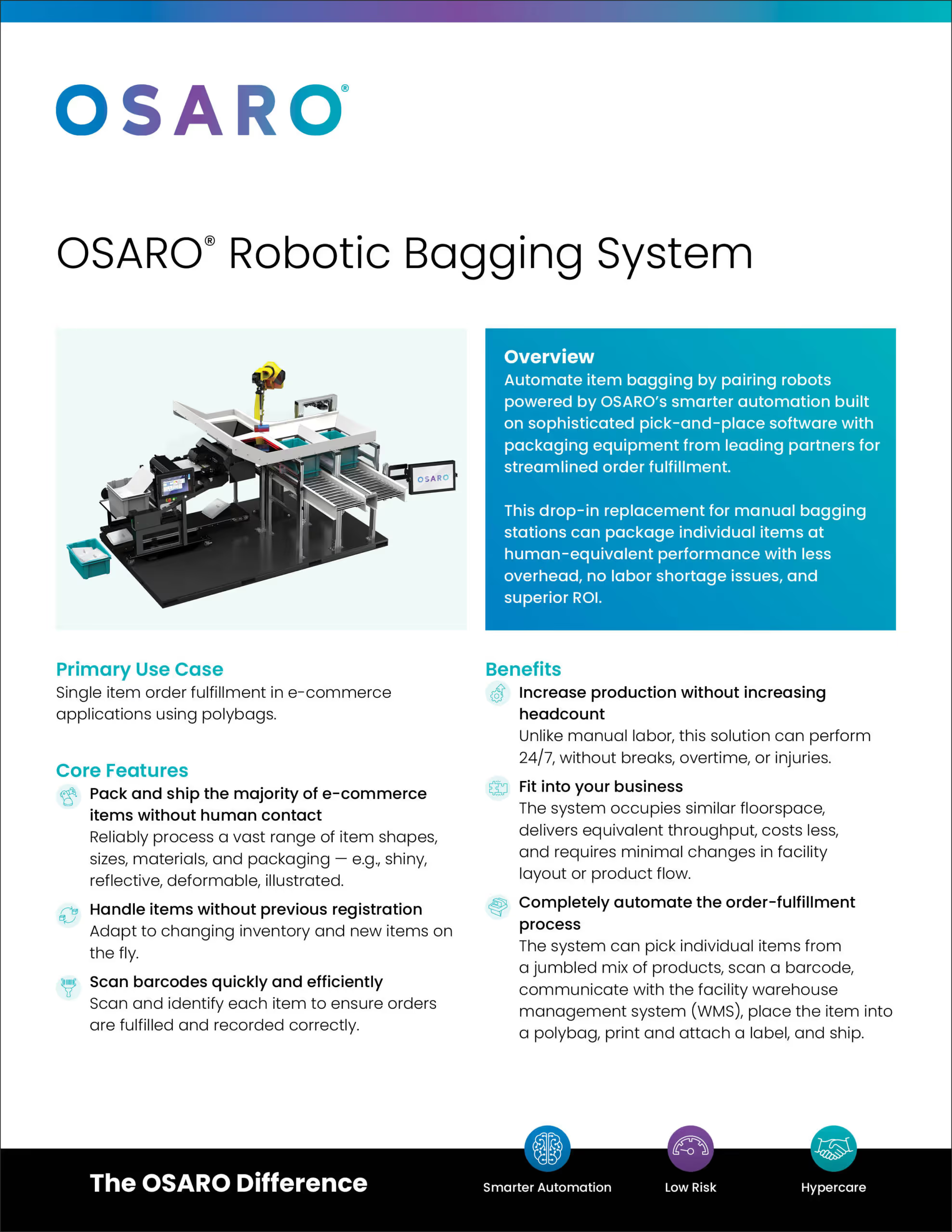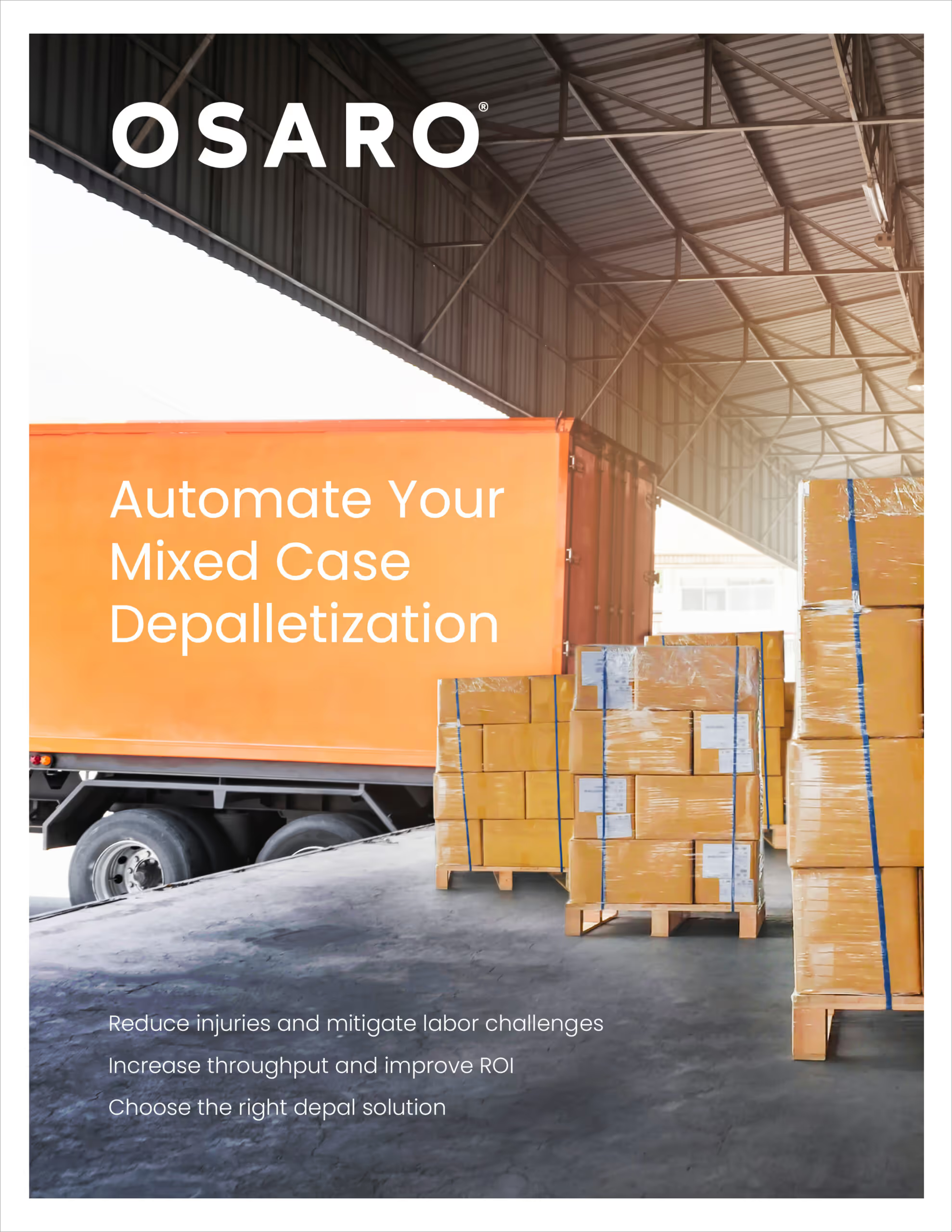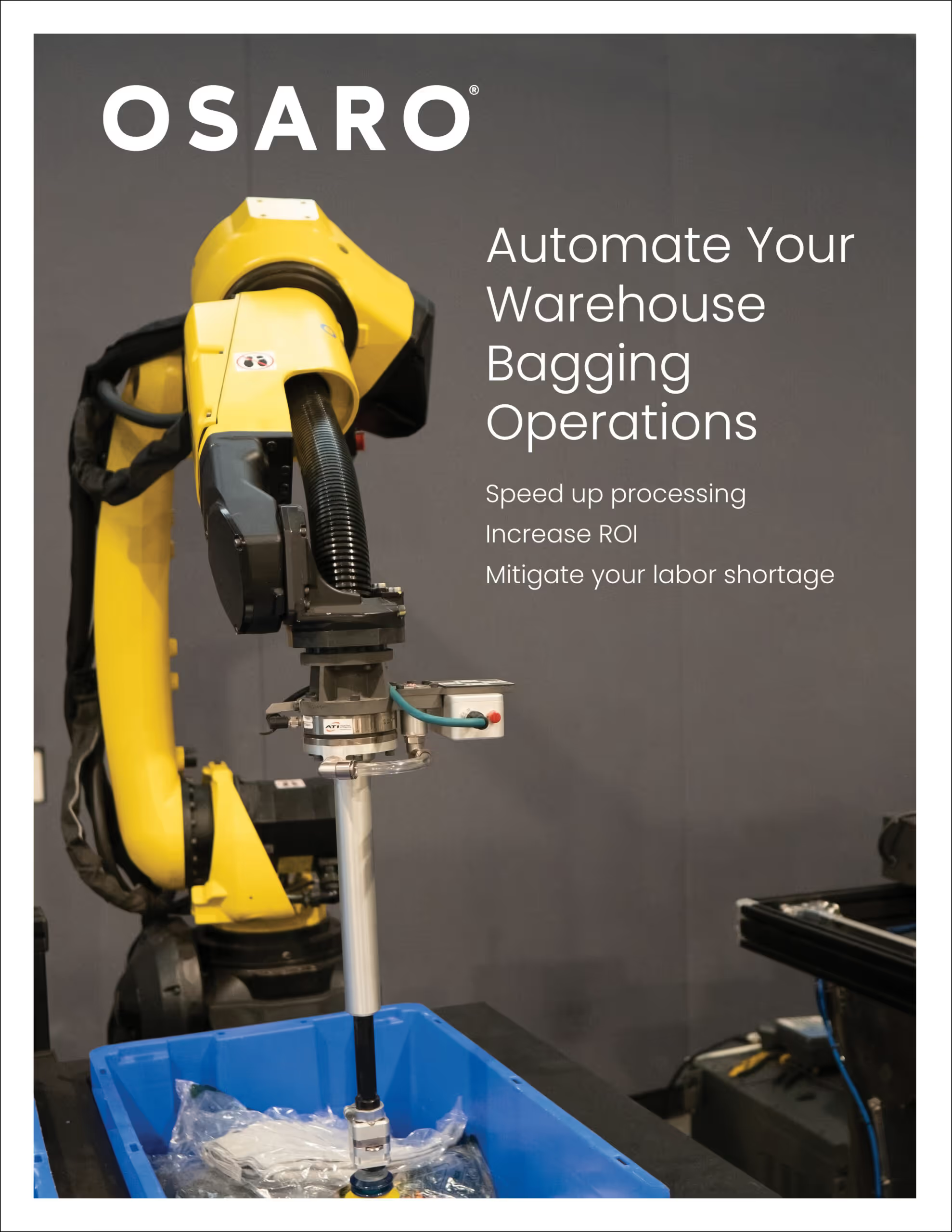Driving the Next Era of Automation

Most Recent Stories
Dec 22, 2025
The Robots That Saved Christmas: Preparing for Peak Season at OSARO
For most, the holiday rush is about delivery dates. At OSARO, it’s about millions of physical picks at the edge. Our hybrid edge-cloud architecture keeps robots autonomous with zero-latency local inference, while the cloud provides global visibility and continuous learning — ensuring we don’t just handle peak demand, we master it.

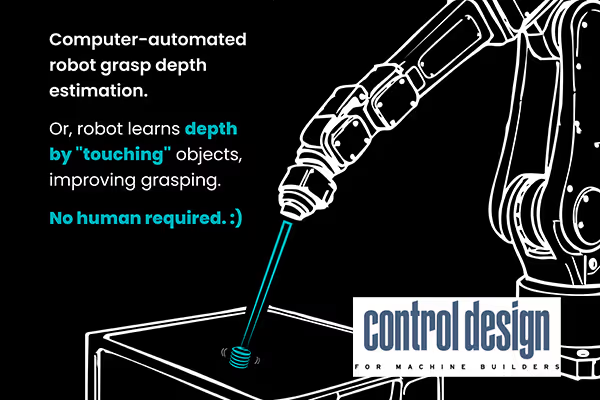
Mar 1, 2025
Patented AI-powered technique lets robots estimate grasp depth
Control Design
OSARO's self-supervised learning approach improves adaptability in dynamic warehouse environments, enhancing efficiency in e-commerce fulfillment and logistics operations.
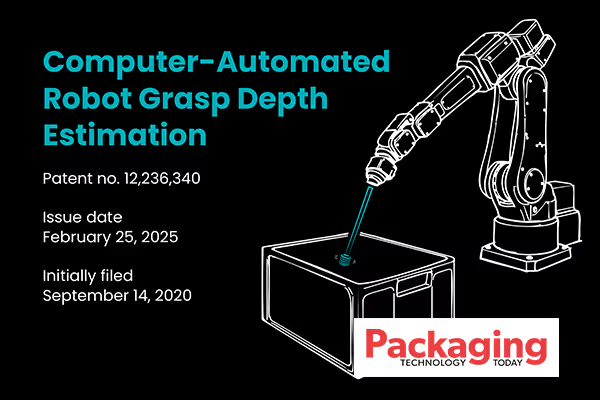
Feb 28, 2025
OSARO Secures Patent for AI-Powered Robot Grasping Technology
Packaging Technology Today
OSARO's latest innovation enables robots to determine object positions through physical interaction, eliminating the need for specialized sensors.
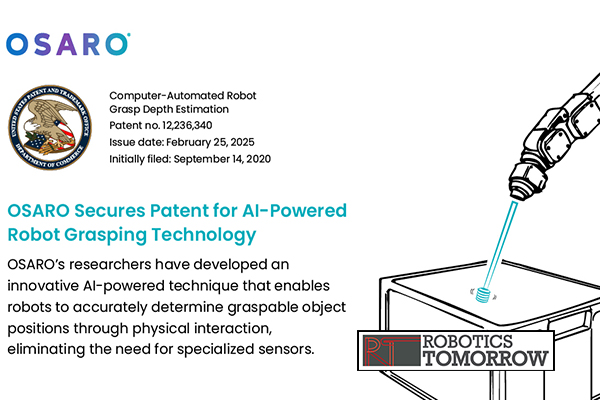
Feb 28, 2025
OSARO announces patented 'Computer-Automated Robot Grasp Depth Estimation' technology
Robotics Tomorrow
By utilizing self-supervised learning, robots can adapt to diverse products and complex grasping scenarios, enhancing efficiency in high-volume fulfillment centers.

Feb 7, 2025
Robotic Palletizers Never Call in Sick
Material Handling 247
OSARO's expertise in addressing challenges such as managing high SKU inventories and complex packaging is highlighted, underscoring the company's role in enhancing throughput and reducing downtime in fulfillment operations.

Dec 22, 2025
The Robots That Saved Christmas: Preparing for Peak Season at OSARO
For most, the holiday rush is about delivery dates. At OSARO, it’s about millions of physical picks at the edge. Our hybrid edge-cloud architecture keeps robots autonomous with zero-latency local inference, while the cloud provides global visibility and continuous learning — ensuring we don’t just handle peak demand, we master it.

Oct 23, 2025
The Flexibility Premium
In automation, the fastest way to win is knowing when to walk away. That’s how you scale with integrity.

Sep 12, 2025
The Moat
Technology alone won’t keep competitors at bay when AI tools and capital are everywhere. What lasts is the crew: the culture that survives tough weeks, the grit to win customers first, and the humility to pivot until the idea actually works. That’s the real difference between a castle that endures and one that crumbles into ruins.

Aug 8, 2025
Atomic Automation: Rebuilding the Warehouse from First Principles
From physics to fulfillment: OSARO applies fundamental principles to robotics, creating AI-driven picking systems that maximize throughput and ROI.
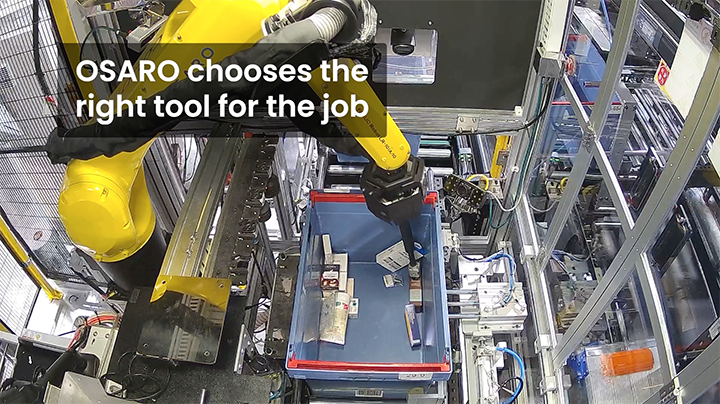
Oct 21, 2025
OSARO Secures Patent for AI-Powered Robotic Tool Selection
OSARO’s new patented AI enables robots to choose the best tool for every pick — boosting speed, accuracy, and throughput while eliminating manual intervention and downtime.
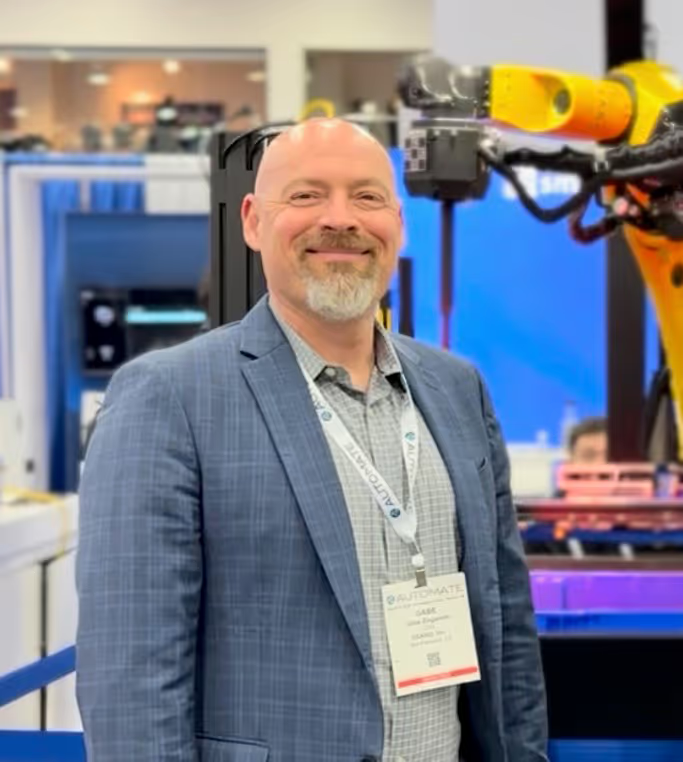
Jun 13, 2025
Driving Safer Human-Robot Collaboration: Our COO Joins ISO Standards Working Group
OSARO COO, Gabe Zingaretti, has joined the ISO Standards Working Group for Safety Requirements for Industrial Mobile Robots with Actively Controlled Stability.

Mar 21, 2025
OSARO Named to Fast Company’s Annual List of the World’s Most Innovative Companies of 2025
AI-driven robotics leader recognized for transforming warehouse automation and efficiency, joining the ranks of Waymo, Nvidia, Duolingo, and more.
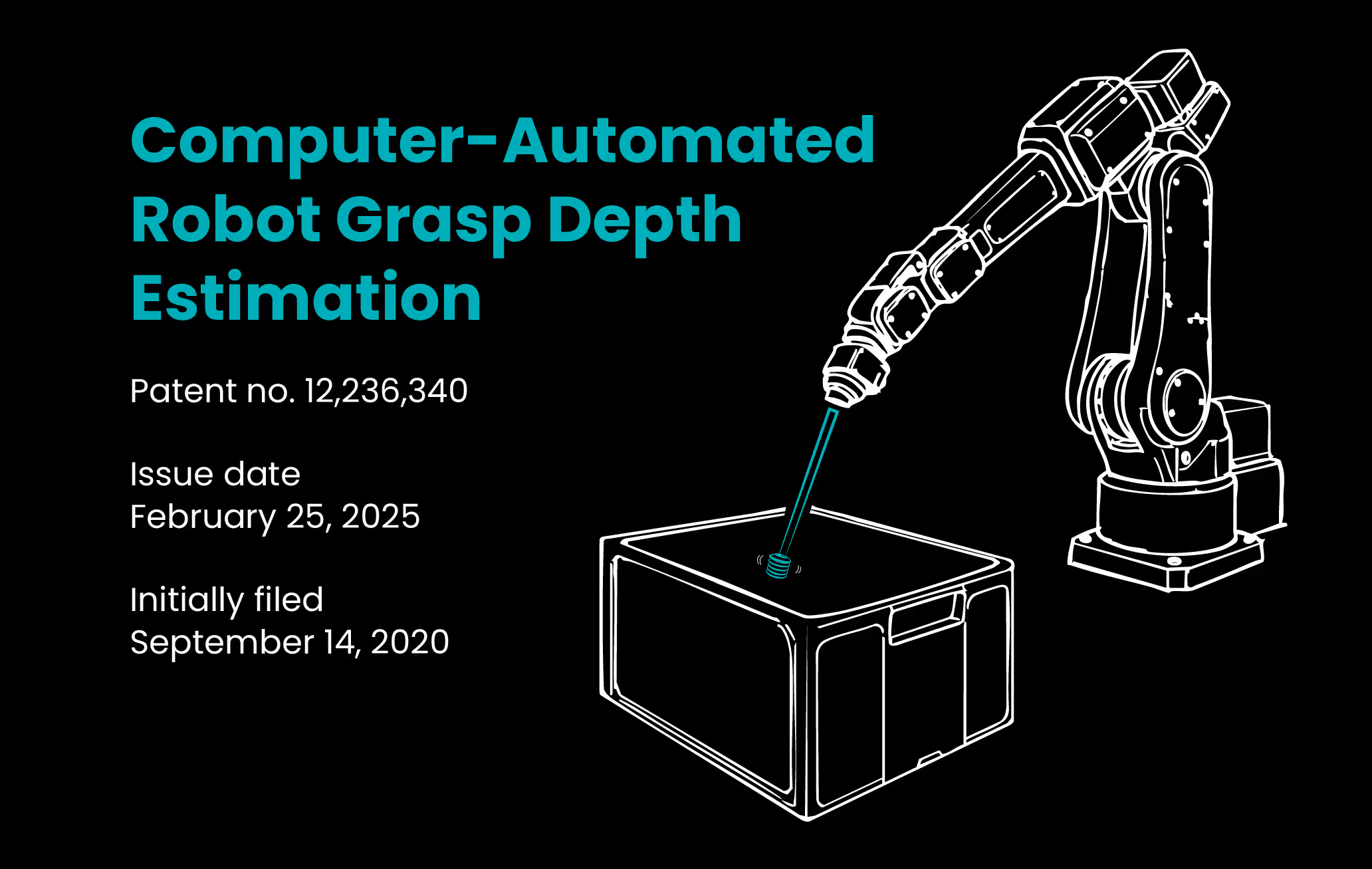
Feb 27, 2025
OSARO Secures Patent for AI-Powered Robot Grasping Technology
OSARO® has patented a groundbreaking technology that enables robots to estimate object depths without specialized sensors, enhancing accuracy and efficiency in fulfillment centers. This innovation allows robots to handle diverse items more effectively, reducing costs and adapting seamlessly to changing warehouse demands.
Stay up-to-date with us on Linkedin.
Resources & Guides
Brochures & Case Studies
Datasheets
White Papers
We love challenges. Let’s take on yours.
Multiple SKUs? Hard to pick? Not a problem. Send us your product, and we'll show you our solution at work.
Interested in visiting an active deployment instead? Join us on a site visit where we'll show you just how real our solutions are.


